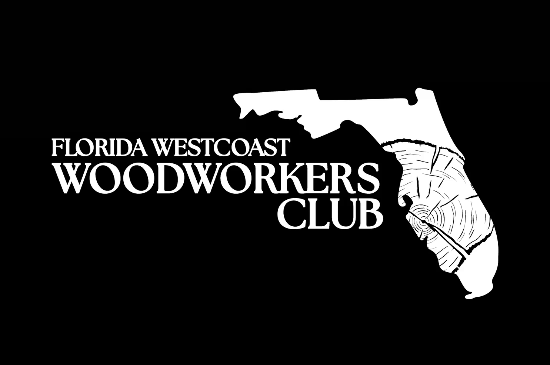Joe Mathis was first and his method of choice is to finish project pieces individually before assembly. He uses Old Masters Gel Stain and pickling white applied with a foam brush and wiped off. He says usually three coats does it and he does not sand between coats. This product is thinned with mineral spirits, which means one should remember to soak used rags in water to prevent spontaneous combustion as the finish oxidizes.
Larry Simmons selects shellac as a finish. He favors Zinsser Seal Coat as a universal sealer. Locally available in cans, the ready mix product is a two pound cut that has already been dewaxed. New layers burn in to previous coast and dry quickly. Rub out with steel wool. For an extensive story on the production of shellac, consult Fine Woodworking’s index page: http://modules.taunton.com/apps/magazine_index/fww/headline/1/100?keyword=shellac
and refer to the Nov/Dec 2010 issue’s article, “Shellac’s Amazing Journey.”
Also consider the private blog at:http://foldingrule.blogspot.com/2008/09/episode-71-shellac-can-you-make-cut.html which provides a handy chart for modifying cuts of shellac and saves me creating a table for you as originally intended. And as any chemist can tell you, once one starts modifying shellac cuts the actual cut you end up with will be close to the desired cut and not exact. However, it should be close enough!
Shellac is not suitable for bar tops, as the solvent is alcohol. Also please note that if one mixes their own shellac cuts for sealer coats, then once the shellac dissolves, the wax needs to be poured off as it interferes with adhesion of the top coat.
John Slezak included a demonstration with his presentation of Watco Danish Oil.
Ed Goldberg’s favorite finish is Hydrocote made by Hood, with information available here: http://hydrocote.com/about-us.html
For the jewelry box project, Ed selected a water based lacquer in High Gloss. He says there are no fumes and he applies 3 to 5 coats and allows several days before rubbing out the finish. He says the finish is non-yellowing.
John Phillips presented his favorite, Odie’s Oil, a food safe wipe on finish that is an alternative to some solvent based finishes. More information is available here: http://www.odiesoil.com/ .
Sue Darovec presented another food safe finish, Walnut oil.
Denny featured the Beall Buff System. In sort, this finishing method is a series of cloth buffing wheels that are charged (loaded) with Tripoli (fine) and white diamond (very fine) abrasives. More information is available here: http://www.bealltool.com/products/buffing/buffer.php
Anyone who is familiar with this system can explain to my significant other why I consistently mispronounce the name of the local department store.
Denny says the buffer should spin no faster than 1725 rpm and the work Is brought to the spinning wheel. He purchased three bars of finishing compound and in his experience, they will last years. The three wheels are 1. Linen ; 2. linen cotton mix; 3. cotton. He cautions that the buffs can dig out soft portions of open grain wood. The buffing system will also polish metal but he suggests a new buff for that use.
John Darovec show cased a product called Polyseamseal, which is a caulk. It can be worked (smoothed) with water and turns clear when dry. It is also useful as a glue.
Contents of this post provided by Andrew DiLorenzo. Original photographs pr











